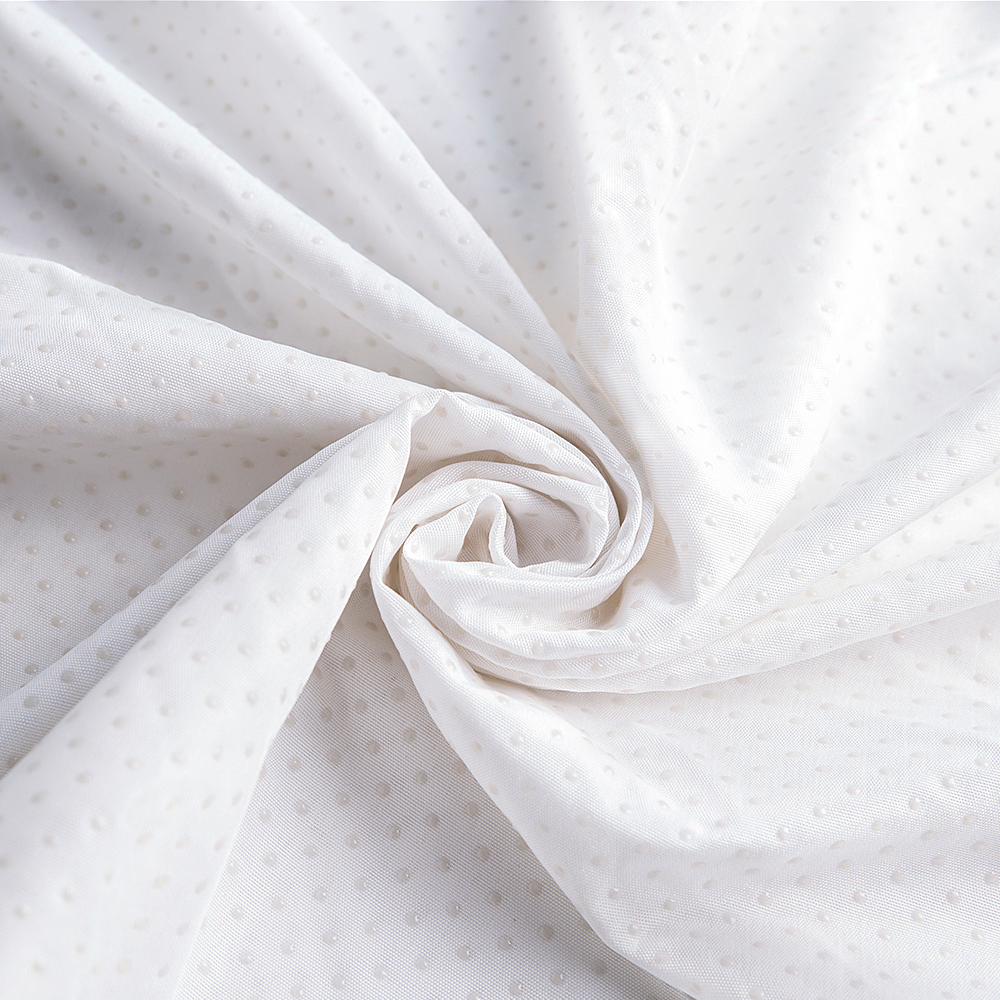As consumers' demand for fashion, comfort and environmental protection increases, the textile industry is constantly exploring new technologies and methods to meet the changing needs of the market. Sanding dyeing, as an innovative dyeing process, has quickly gained market attention with its unique visual effects and touch.
The process can be widely used in a variety of textile materials, including cotton, linen, wool and synthetic fibers. By adjusting the intensity, time and type of sand washing, manufacturers can achieve different visual effects and feel to meet the needs of different consumers.
First, the fabric will go through the traditional dyeing process, and the dye will evenly penetrate the fiber to ensure that the fabric has a uniform color.
After dyeing, the surface of the fabric will be sanded using a sander or manually. During sand washing, fine sand particles will gently rub the surface of the fabric, removing some of the fibers and forming a unique texture effect. This process not only makes the color of the fabric softer, but also increases the delicate feel of the fabric.
In order to ensure the durability and comfort of the fabric, the sand-dyed fabric usually needs a series of post-processing steps, such as shaping, softening and washing. These steps help maintain the softness and gloss of the fabric.
Sandwashing adds a subtle gloss and texture to the fabric surface, making the finished product more three-dimensional and layered. This unique appearance makes the fabric highly competitive in the market, especially in the fashion and high-end clothing market.
Compared with traditional dyeing processes, sanding dyeing can make the fabric surface smoother and softer, giving consumers a better tactile experience. This softness is especially favored by consumers who have high requirements for comfort.

Because the fiber layer on the surface is removed during the sandwashing process, the surface of the fabric becomes tighter, improving the tear resistance and abrasion resistance of the fabric, making it more durable. For some products that need to be used for a long time, such as work clothes and outdoor clothing, sanding dyeing provides stronger durability.
Compared with some traditional dyeing processes, sanding dyeing uses relatively less dyes, reduces the discharge of dye wastewater, and has certain environmental advantages. In addition, some manufacturers have begun to use natural dyes and harmless chemicals, further improving the environmental friendliness of the process.
Sanding dyeing has a wide range of applications in many fields, especially in the following aspects:
As a dyeing process with a sense of fashion and modernity, sanding dyeing is often used in denim, sportswear, casual wear and high-end custom clothing. It can give the fabric a unique "old and worn" effect, making the clothing more visually attractive and personalized.
In the field of home decoration, sanding dyeing is often used in the processing of fabrics such as curtains, sheets, sofa covers, etc. Its soft feel and natural color can increase the warmth and comfort of the home environment.
Because sanding dyeing gives fabrics strong durability, it is widely used in outdoor equipment and sports products such as tents, backpacks and sports shoes. Its wear resistance and comfort make these products more suitable for long-term use.
In the design of automotive interiors, sanding dyeing has also been used, especially in the treatment of fabrics such as seats and seat covers. Its elegant visual effect and comfortable touch can enhance the driving experience of car owners.
Despite the many advantages of sanding dyeing, the process still faces some challenges. First, sand washing may cause excessive wear of the fiber, affecting the overall strength of the fabric. Second, the production process has high requirements for equipment and technology, and requires precise control to ensure the quality of the final product. In addition, with the continuous tightening of environmental regulations, how to reduce the use of dyes and chemicals, as well as reduce wastewater discharge, will be an important issue facing sanding dyeing.
Looking to the future, with the advancement of science and technology, the process of sanding dyeing will become more refined and environmentally friendly. It is expected that manufacturers will further optimize the sand washing process, improve production efficiency and reduce costs by improving the selection of equipment and materials. At the same time, consumers' demand for personalization and sustainable development will also promote the application of this process in more fields.
As an innovative textile dyeing technology, sanding dyeing not only gives fabrics unique visual effects and feel, but also has obvious advantages in environmental protection and durability. With the continuous advancement of industry technology, sanding dyeing will continue to show its broad application prospects in fields such as fashion, home and outdoor equipment, and become an important process that cannot be ignored in the textile industry.





 English
English
 中文简体
中文简体










